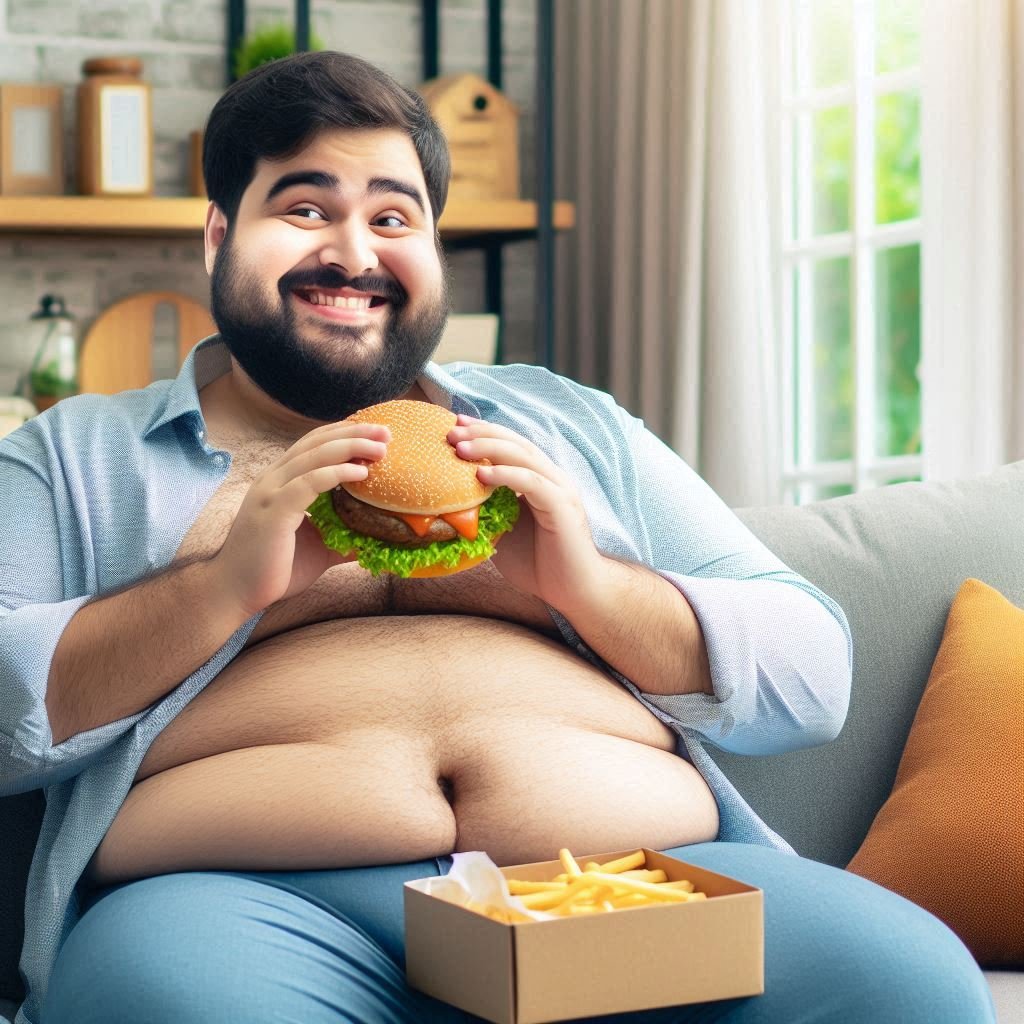
I have a (wholly unsurprising, considering my profession) confession to make, dear readers: I’m overweight. Not alarmingly so, like the rotund McDonalds victims we see on television or the huge guy creating his own Lake Mead of sweat next to you on an airplane, but I do have a belly on me. And unfortunately it’s only getting bigger.
But hey, I’m not alone! A striking 67 percent of Americans are currently overweight, and of those people almost half are obese–that is, their Body Mass Index is over 30. We’re all aware by now of the dangers inherent in obesity: high blood pressure, heart disease, depression, and other general nastiness; according to the U.S. Surgeon General, it kills 300,000 people per year. To put those numbers into perspective, cigarettes kill between 400-500,000 Americans per year. When our eating habits are killing us almost as much as tobacco, its time to think about our lives.
And while other countries are having this problem, too, they’re nowhere near as bad off as the US of A. Why? Why us? Of course names like McDonalds and Burger King immediately come to mind, but fast food is only one part of a much larger collection of problems; everything from our biological wiring to the size of our country itself factor in, creating one big overweight whole.
Biology.This one isn’t unique to America, but it is especially problematic in the industrial First World. Human beings just arent wired to consume as few calories as possible; epochs of evolution have conspired to make us awesome at saving calories and lousy at losing them. Its much easier, after all, to eat 100 calories than it is to burn them off. It may be a curse now, but if you’re a starving hunter-gatherer and there’s no commercially-available food for another several thousand years, you want every bit of nutrition you can glean from your dinner. The human body can survive for 8 days without any food; imagine how long you can go on a little. And in America especially, a little is never enough.
Solution:There isn’t one, really. You can’t change millions of years of evolution with willpower alone. What you can do is restrict your calorie intake and increase your calorie use, making this little biological stumbling block irrelevant.
Transportation.The world’s love affair with cars has plenty of detrimental environmental effects, but as it turns out there are some physical problems, too. Americans especially drive everywhere, foregoing bicycles or their legs in favor of shorter trips to the store or to work. The Surgeon General’s office recommends 30 minutes of intensive exercise at least three times a week or 20 minutes of moderate exercise daily, and in the Information Age most of us rarely walk farther than the space between our parking spots and our chairs. It’s not entirely our fault; while smaller European cities make walking everywhere easier, an American in, say, Phoenix may find geography working against him. Who has time to spend an hour walking to and from the grocery store these days?
Solution:We all need to drive at some point, but take a long, hard look at your daily commute and determine when a car is truly necessary and when you’re just being lazy. If the store’s a couple miles away, ride a bike. If it’s a mile or less away, walk! This goes double for folks in the warmer areas. A Minneapolis resident in winter has an excuse to drive that short hop to the store; a Boca Raton resident does not. And while you’re at it, take a brisk walk a few times each week anyway!
Portion size.Ideally, dinner should be the lightest meal of the day, as the human body stores calories more efficiently at night (energy burns faster earlier in the day). However, while most Americans eat minimal breakfasts and often small lunches, dinner is usually a smorgasboard, particularly when we dine out. And we’re dining out a lot. Everywhere around the country, people are hitting up restaurants more than ever before. Increasing culinary sophistication and an ever-growing group of foodies are both factors, but as usual it all boils down to time. Americans are busier than ever; many families dine out or order in up to three times per week rather than slaving away in the kitchen for hours after work.
Solution:For starters, follow your mom’s advice and chew your food. We’ve all heard it a dozen times, but it bears repeating: your body doesn’t automatically know when its full. It takes the brain a good ten minutes to send the stop eating signal, and you can scarf a lot more strip steak in ten minutes. On the same track, drink plenty of water. Good-old H20 takes up a lot of space in your belly, meaning the I’m full response will hit you quicker.
And finally, if it applies: stop dining out so much. Youll feel less compelled to eat everything in sight when you didn’t pay someone else to make it for you. On that note, here are some delicious, healthy, and quick recipes to ease the restaurant withdrawal!
Chicken Mediterranean SaladEncrusted Walnut ChickenBroiled Lemon Fish FilletsCream of Roasted Walnut SoupBean and Cheese EnchiladasBarbecue Pork Skillet
Armed with these recipes and more from our Quick & Easy and Healthy sections, take a crack at our nation’s obesity problem–whether you do it by shedding some pounds yourself, or helping out someone else you know. If you’re concerned about your health, check your Body Mass Index. After that–maybe I’ll see you at the gym!




